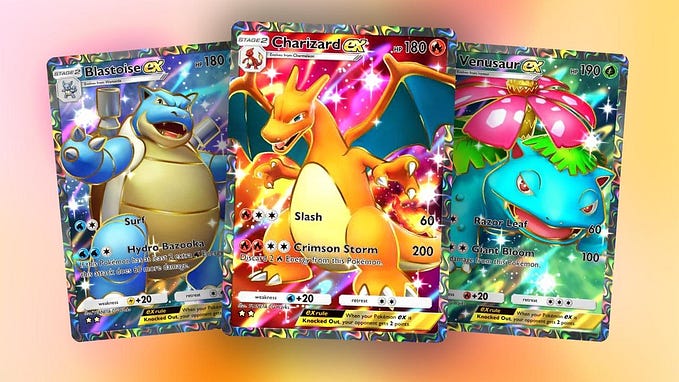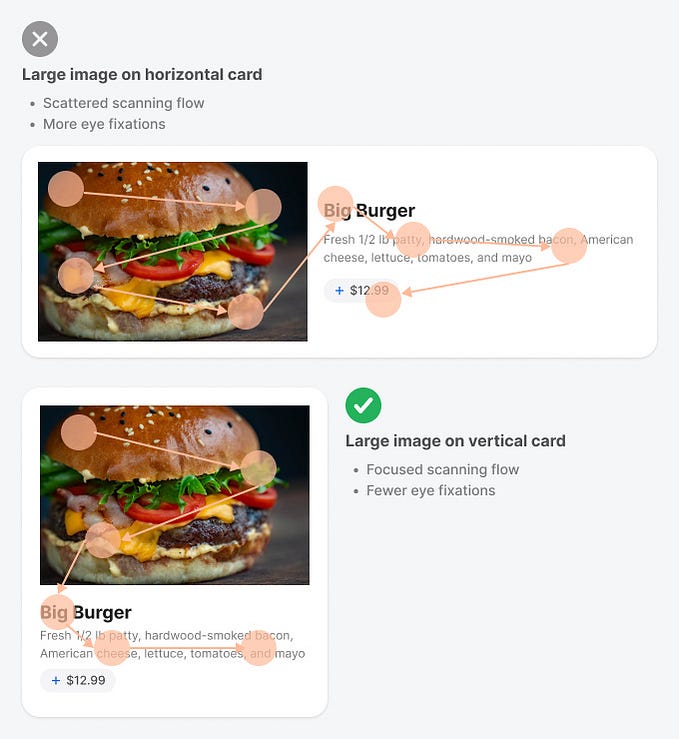Member-only story
CX, placemaking, and the Japanese convenience store
How the konbini has become a tourist attraction through innovative products and an excellent in-store experience.

Japan has some of the best convenience stores in the world. Stores like 7-Eleven, FamilyMart, and Lawson, called コンビニ (konbini), have become tourist attractions onto themselves thanks to the high quality, local food offered there. For the average Japanese citizen, konbini are a staple of everyday life, namely for — as the name implies — their convenience.
What makes Japan’s approximately 56,000 convenience stores so much better than the US’s 152,000? Much of the konbini’s success has to do with Japanese product design and a pleasant in-store customer experience. Product design is just one half of the CX that makes the konbini so unique. The other half is placemaking, which I argue is indeed a part of user experience, and most definitely is an integral part of customer experience.
Japanese product design gems
Onigiri

Onigiri, or rice balls, are made with travel in mind. This traditional food dates back over 2,000 years and has largely remained unchanged because of its simplicity. The difference today is that they are stocked in convenience stores and wrapped in such a way that they can be easily peeled open from their plastic packaging with one simple step.
Furthermore, the wrapping has been devised in such a way that the seaweed around the rice doesn’t get soggy, only coming in contact with the rice once the onigiri has been opened. Konbini are stocked with dozens of flavors of freshly made onigiri.
Instant noodles
Most people are probably familiar with cup noodles, a staple of the konbini, but perhaps would balk at the sheer variety available at these corner stores. Konbini allow for customers to access the…








